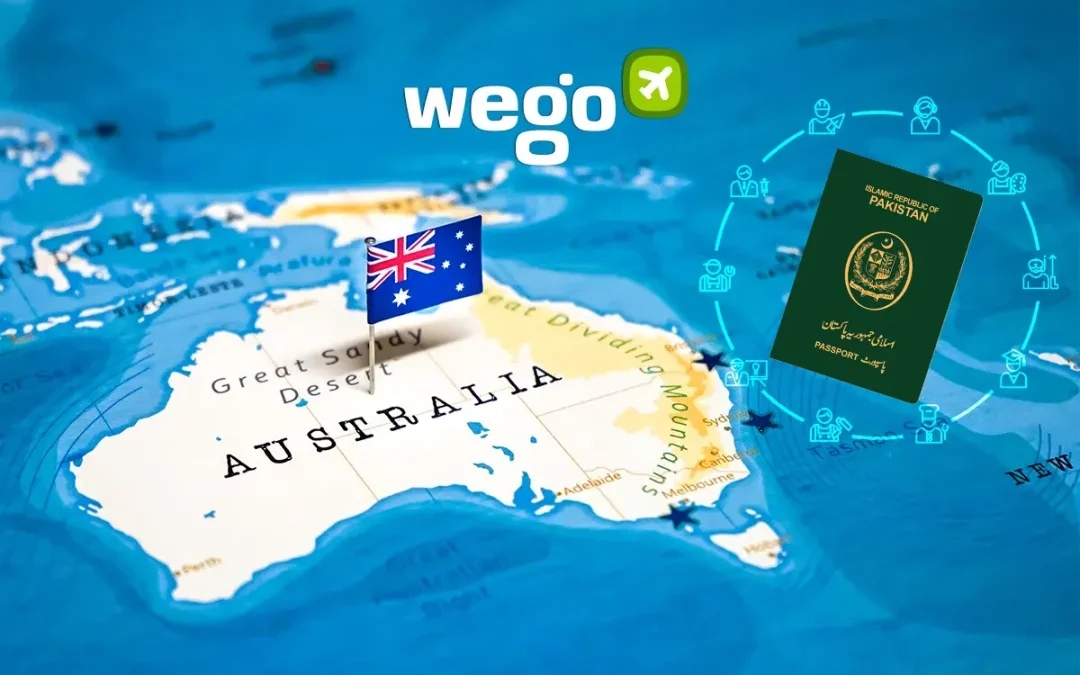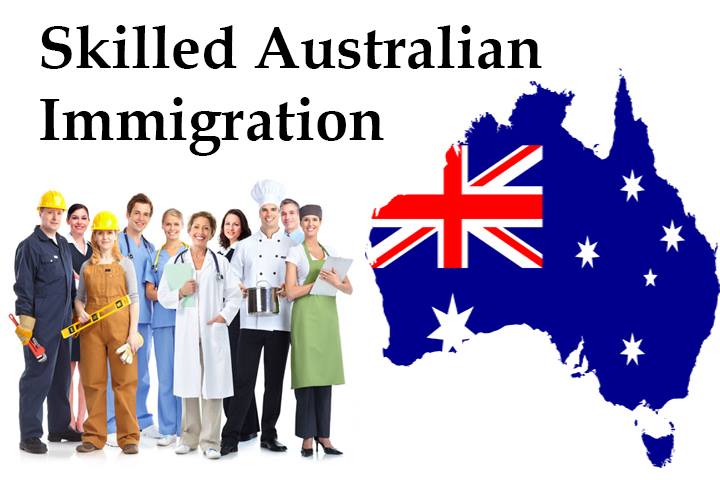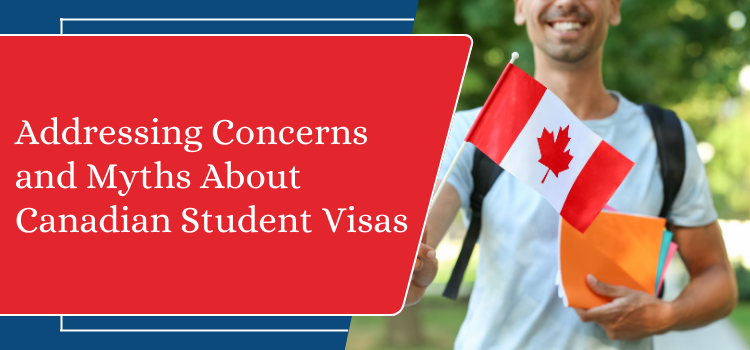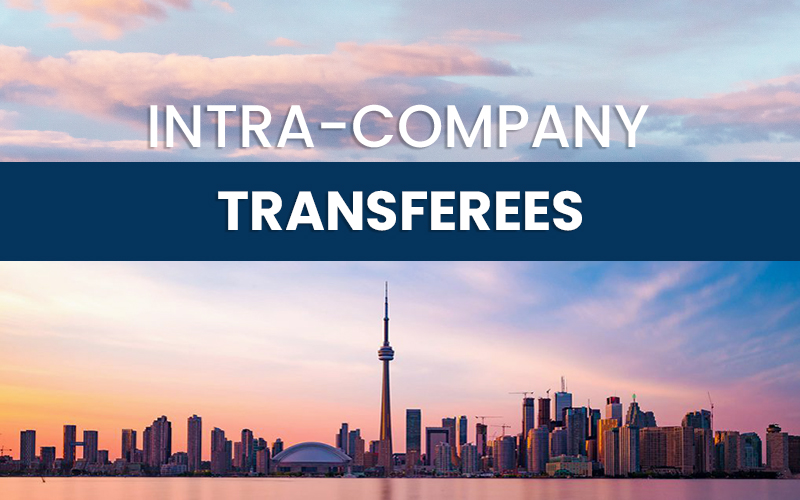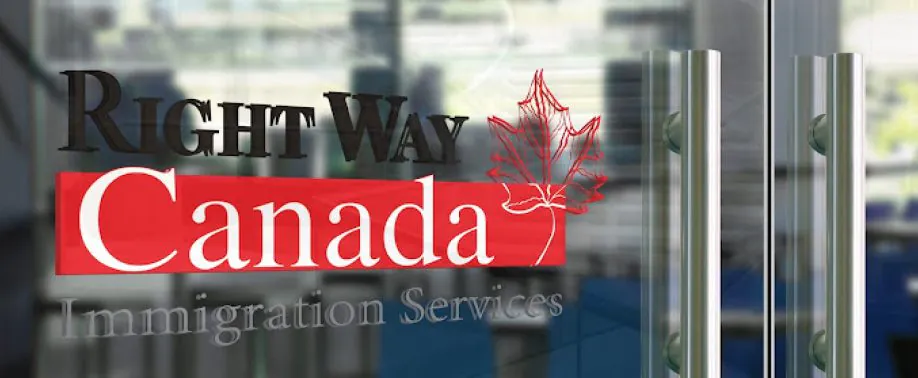Applying for Canadian citizenship is an exciting step in your journey as a permanent resident. Becoming a citizen not only grants you the right to vote and run for political office, but it also allows you to fully integrate into Canadian society. If you’re considering taking this important step, you may wonder how to apply for Canadian citizenship online and what the process entails. This guide will provide you with essential information about the Canadian citizenship program, the Canadian citizenship application, and how to successfully apply for Canadian citizenship online.
Understanding the Canadian Citizenship Program
The Canadian citizenship program is designed to help permanent residents gain citizenship after meeting specific requirements. To qualify, you need to have lived in Canada for at least three out of the last five years and have filed your taxes for three years within that timeframe, if applicable. Additionally, you should demonstrate adequate knowledge of English or French, as well as knowledge of Canadian history, values, and institutions.
It’s essential to ensure that you meet these requirements before you start your Canadian citizenship application. Failing to meet these criteria can lead to delays or even denial of your application.
The Canadian Citizenship Application Process
The Canadian citizenship application process involves several steps. Here’s a breakdown to guide you through:
- Gather Necessary Documents: Before applying, collect all necessary documents, including your permanent resident card, travel documents, language proof, and any other relevant identification.
- Complete the Application Form: You can complete the application form online through the Immigration, Refugees and Citizenship Canada (IRCC) website. Ensure all information is accurate and complete to avoid delays.
- Pay the Application Fee: The fee for adult applicants is CAD 630, while minors (under 18) pay CAD 100. Ensure that you keep a receipt as proof of payment.
- Submit Your Application: After completing the application form and ensuring all documents are included, submit your application online. Be mindful of submission deadlines and keep a copy of everything you send.
- Wait for Processing: The processing time can vary, but it generally takes around 12 months. During this time, the IRCC will review your application, and you may be asked to attend an interview.
- Take the Citizenship Test: If your application is approved, you will be invited to take a written test on Canadian history and government. This test is crucial to ensure you understand the rights and responsibilities that come with being a citizen.
- Attend the Citizenship Ceremony: Upon passing the test and interview, you will receive an invitation to attend a citizenship ceremony. Here, you will take the Oath of Citizenship, officially making you a Canadian citizen.
Applying for Canadian Citizenship Online
One of the most convenient ways to apply for Canadian citizenship is to apply for Canadian citizenship online. The IRCC has made the process user-friendly, allowing applicants to fill out forms, upload documents, and pay fees directly through their online portal. Here are some benefits of applying online:
- Accessibility: You can apply from anywhere with an internet connection.
- Faster Processing: Online applications are often processed faster than paper applications due to the automated system.
- Real-time Updates: You can track the status of your application online and receive notifications regarding any changes or requirements.
Tips for a Successful Application
To improve your chances of a successful application, consider the following tips:
- Double-check Your Application: Ensure that all sections of your application are filled out completely and accurately.
- Stay Organized: Keep all documents in order and ensure that everything is current and relevant.
- Be Honest: Provide truthful information in your application. Misrepresentation can lead to serious consequences, including being barred from applying for citizenship in the future.
Conclusion
Applying for Canadian citizenship is a significant milestone, and understanding the process is key to your success. By following the steps outlined in this guide, you can navigate the Canadian citizenship program and complete your Canadian citizenship application with confidence. Remember to gather all necessary documents and take advantage of the option to apply for Canadian citizenship online for a smoother experience. For more assistance and guidance through the application process, consider reaching out to Bluethroat Immigration, where we are dedicated to helping you achieve your dream of Canadian citizenship.






